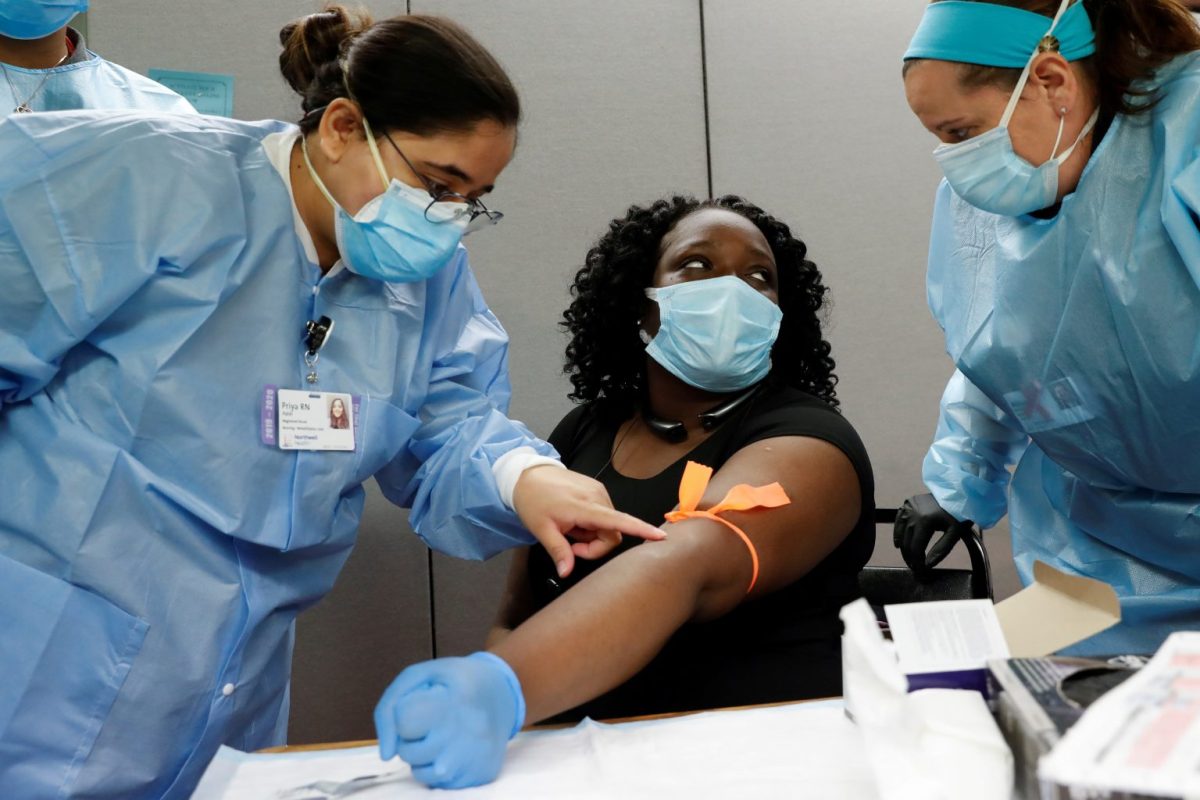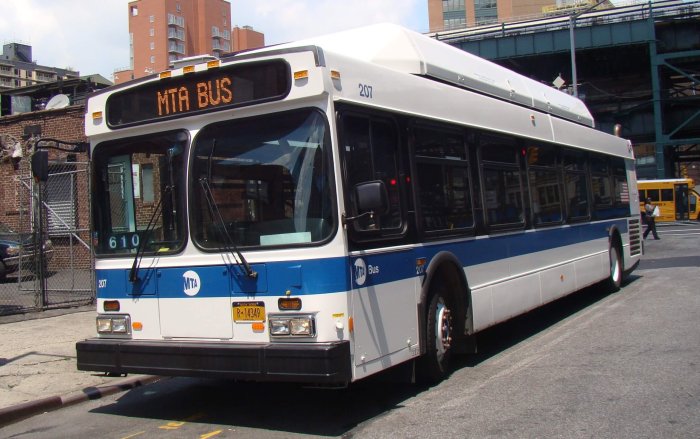Over 40 percent of tested residents in just one Bronx neighborhood were found to have COVID-19 antibodies — a result that, Governor Andrew Cuomo said Wednesday, served as another indicator of how the coronavirus has ravaged low-income communities of color.
The tests conducted in the Bronx’s Morrisania section were part of an antibody testing program launched earlier this month and coordinated between the state, faith-based leaders and Northwell Health.
The preliminary results for Morrisania found that 43 percent of those tested had COVID-19 antibodies present; that’s more than twice as high as the 19.9 percent average infection rate for New York City, as determined through previous antibody screenings.
Moreover, the hospitalization rate for Morrisania — 3.2 per 100,000 residents — was nearly double the average citywide hospitalization rate.
The community also has a very large black and Hispanic population, which combined represents 96 percent of Morrisania’s population.
Cuomo said the antibody tests proved similar in other low-income areas of New York City with people of color.
Brooklyn’s Brownsville neighborhood had a 41 percent infection rate, and its hospitalization rate was double the citywide average. Eighty percent of the community’s population is black, and 16 percent is Hispanic.
Hollis, Queens — a stone’s throw from where the governor grew up — had 35 percent of residents test positive for COVID-19 antibodies. The hospitalization rate there was 2.6 per 100,000 residents, nearly a full point higher than the citywide rate. Approximately 52 percent of the neighborhood’s population consists of people of color.
“We’re seeing that pattern continue in ZIP codes of communities that are lower income and predominantly minority” all across the state and country, Cuomo stated.
With this new troubling data, the state is doubling down on efforts to expand outreach to these communities and help save lives through expanded COVID-19 testing, additional protective resources and public education programs.
Working with Northwell Health, local church leaders and SOMOS Community Care, Cuomo said, the number of church-based testing sites across the five boroughs will grow from 25 to 72. The sites will be located in low-income areas and communities of color.
The testing effort also includes a particular focus on public housing, where infection rates are also high.
“How do you socially distance in an elevator in a public housing complex? How do you socially distance in the hallways, lobby or a small playground?” Cuomo said. “We understand the challenge, and our ‘ready responders’ are going to increase the testing in 40 public housing developments.”
Staff workers will also expand distribution of PPE, masks, gloves and hand sanitizers to public housing in the communities. There will also be an enhanced public education program to advise residents of facts about COVID-19, and the great danger it poses to themselves and their loved ones.
The governor said he also advised local governments to shift their focus on combating COVID-19 in communities of color and low-incomes areas.
“It is going to be true in every community across this state and across this nation,” he said. “You tell me the ZIP codes that have the predominantly minority, low-income communities, I will tell you where you’re going to have higher positive, increased spread and hospitalization. … That’s where the new cases are coming from. That’s where the new hospitalizations are coming from. That’s where you’re going to see the highest number of deaths. That is our challenge.”
This story originally appeared on amny.com.



































